Some Examples Of Filtering:
Hello! Would you mind doing an example of not using filter words in a first person point of view? While I know that you can just switch out the pronouns for I/me/my, I just want to see it in action and when you should (and shouldn't) use the filter words. Thank you!
Hi there! I would love to! I think I’ll start out with an example with filter words and then cut out the filter words to show you the difference.
For those of you who haven’t seen my post on Filter Words.
Now, for the example:
I felt a hand tap my shoulder as I realized I had made a huge mistake. I knew the consequences would be unsettling, but I had no other choice. I saw the light of my desk lamp bounce off of the officer’s badge before I had even turned around. It seemed like I always found my way into trouble.
It was the first thing off the top of my head, so it’s a bit rough sounding….
Now for without filter words (And a bit of revision):
A hand tapped my shoulder as it dawned on me: I had just made a huge mistake. The consequences would be unsettling if I didn’t get out of this mess, but I had no other choice. The light of my desk lamp bounced off of the officer’s badge. I always found my way into trouble.
By taking out filter words, you get right to the point.
I’d also like to add a few more notes that I didn’t have the chance to post previously.
Some Examples of Filtering:
I heard a noise in the hallway.
She felt embarrassed when she tripped.
I saw a light bouncing through the trees.
I tasted the sour tang of raspberries bursting on my tongue.
He smelled his teammate’s BO wafting through the locker room.
She remembered dancing at his wedding.
I think people should be kinder to one another.
How can you apply this?
Read your work to see how many of these filtering words you might be leaning on. Microsoft Word has a great Find and Highlight feature that I love to use when I’m editing. See how you can get rid of these filtering words and take your sentences to the next level by making stronger word choices. Take the above examples, and see how they can be reworked.
FILTERING EXAMPLE: I heard a noise in the hallway.
DESCRIBE THE SOUND: Heels tapped a staccato rhythm in the hallway.
FILTERING EXAMPLE: She felt embarrassed after she tripped.
DESCRIBE WHAT THE FEELING LOOKS LIKE: Her cheeks flushed and her shoulders hunched after she tripped.
FILTERING EXAMPLE: I saw a light bouncing through the trees.
DESCRIBE THE SIGHT: A light bounced through the trees.
FILTERING EXAMPLE: I tasted the sour tang of raspberries bursting on my tongue.
DESCRIBE THE TASTE: The sour tang of raspberries burst on my tongue.
FILTERING EXAMPLE: He smelled his teammate’s BO wafting through the locker room.
DESCRIBE THE SMELL: His teammate’s BO wafted through the locker room.
FILTERING EXAMPLE: She remembered dancing at his wedding.
DESCRIBE THE MEMORY: She had danced at his wedding.
FILTERING EXAMPLE: I think people should be kinder to one another.
DESCRIBE THE THOUGHT: People should be kinder to one another.
See what a difference it makes when you get rid of the filter? It’s simply not necessary to use them. By ditching them, you avoid “telling,” your voice is more active, and your pacing is helped along.
The above list is not comprehensive as there are many examples of filtering words. The idea is to be aware of the concept so that you can recognize instances of it happening in your work. Be aware of where you want to place the energy and power in your sentences. Let your observations flow through your characters with immediacy.
Ok, sorry for the lengthy answer, I know you just wanted an example…. sorry!
If you have any questions, feel free to ask at my ask box
More Posts from Risingstarling and Others
Your Character’s Personality
Personality is the most important thing about your character.
So, whenever I see character sheets, most people just put a little paragraph for that section. If you’re struggling and don’t know what your character should say or do, what decisions they should make, I guarantee you that this is the problem.
You know your character’s name, age, race, sexuality, height, weight, eye color, hair color, their parents’ and siblings’ names. But these are not the things that truly matter about them.
Traits:
pick traits that don’t necessarily go together. For example, someone who is controlling, aggressive and vain can also be generous, sensitive and soft-spoken. Characters need to have at least one flaw that really impacts how they interact with others. Positive traits can work as flaws, too. It is advised that you pick at least ten traits
people are complex, full of contradictions, and please forgive me if this makes anyone uncomfortable, but even bullies can be “nice” people. Anyone can be a “bad” person, even someone who is polite, kind, helpful or timid can also be narcissistic, annoying, inconsiderate and a liar. People are not just “evil” or “good”
Beliefs:
ideas or thoughts that your character has or thinks about the world, society, others or themselves, even without proof or evidence, or which may or may not be true. Beliefs can contradict their values, motives, self-image, etc. For example, the belief that they are an awesome and responsible person when their traits are lazy, irresponsible and shallow. Their self-image and any beliefs they have about themselves may or may not be similar/the same. They might have a poor self-image, but still believe they’re better than everybody else
Values:
what your character thinks is important. Usually influenced by beliefs, their self-image, their history, etc. Some values may contradict their beliefs, wants, traits, or even other values. For example, your character may value being respect, but one of their traits is disrespectful. It is advised you list at least two values, and know which one they value more. For example, your character values justice and family. Their sister tells them she just stole $200 from her teacher’s wallet. Do they tell on her, or do they let her keep the money: justice, or family? Either way, your character probably has some negative feelings, guilt, anger, etc., over betraying their other value
Motives:
what your character wants. It can be abstract or something tangible. For example, wanting to be adored or wanting that job to pay for their father’s medication. Motives can contradict their beliefs, traits, values, behavior, or even other motives. For example, your character may want to be a good person, but their traits are selfish, manipulative, and narcissistic. Motives can be long term or short term. Everyone has wants, whether they realize it or not. You can write “they don’t know what they want,” but you should know. It is advised that you list at least one abstract want
Recurring Feelings:
feelings that they have throughout most of their life. If you put them down as a trait, it is likely they are also recurring feelings. For example, depressed, lonely, happy, etc.
Self Image:
what the character thinks of themselves: their self-esteem. Some character are proud of themselves, others are ashamed of themselves, etc. They may think they are not good enough, or think they are the smartest person in the world. Their self-image can contradict their beliefs, traits, values, behavior, motives, etc. For example, if their self-image is poor, they can still be a cheerful or optimistic person. If they have a positive self-image, they can still be a depressed or negative person. How they picture themselves may or may not be true: maybe they think they’re a horrible person, when they are, in fact, very considerate, helpful, kind, generous, patient, etc. They still have flaws, but flaws don’t necessarily make you a terrible person
Behavior:
how the character’s traits, values, beliefs, self-image, etc., are outwardly displayed: how they act. For example, two characters may have the trait “angry” but they all probably express it differently. One character may be quiet and want to be left alone when they are angry, the other could become verbally aggressive. If your character is a liar, do they pause before lying, or do they suddenly speak very carefully when they normally don’t? Someone who is inconsiderate may have issues with boundaries or eat the last piece of pizza in the fridge when they knew it wasn’t theirs. Behavior is extremely important and it is advised you think long and hard about your character’s actions and what exactly it shows about them
Demeanor:
their general mood and disposition. Maybe they’re usually quiet, cheerful, moody, or irritable, etc.
Posture:
a secondary part of your character’s personality: not as important as everything else. It is advised you fill this out after. Posture is how the character carries themselves. For example, perhaps they swing their arms and keep their shoulders back while they walk, which seems to be the posture of a confident person, so when they sit, their legs are probably open. Another character may slump and have their arms folded when they’re sitting, and when they’re walking, perhaps they drag their feet and look at the ground
Speech Pattern:
a secondary part of your character’s personality: not as important as everything else. It is advised you fill this out after. Speech patterns can be words that your character uses frequently, if they speak clearly, what sort of grammar they use, if they have a wide vocabulary, a small vocabulary, if it’s sophisticated, crude, stammering, repeating themselves, etc. I personally don’t have a very wide vocabulary, if you could tell
Hobbies:
a secondary part of your character’s personality: not as important as everything else. It is advised you fill this out after. Hobbies can include things like drawing, writing, playing an instrument, collecting rocks, collecting tea cups, etc.
Quirks:
a secondary part of your character’s personality, not as important as everything else. It is advised you fill this out after. Quirks are behaviors that are unique to your character. For example, I personally always put my socks on inside out and check the ceiling for spiders a few times a day
Likes:
a secondary part of your character’s personality, not as important as everything else. It is advised you fill this out after. Likes and dislikes are usually connected to the rest of their personality, but not necessarily. For example, if your character likes to do other people’s homework, maybe it’s because they want to be appreciated
Dislikes:
a secondary part of your character’s personality, not as important as everything else. It is advised you fill this out after. Likes and dislikes can also contradict the rest of their personality. For example, maybe one of your character’s traits is dishonest, but they dislike liars
History:
your character’s past that has key events that influence and shape their beliefs, values, behavior, wants, self-image, etc. Events written down should imply or explain why they are the way they are. For example, if your character is distrustful, maybe they were lied to a lot by their parents when they were a child. Maybe they were in a relationship for twenty years and found out their partner was cheating on them the whole time. If their motive/want is to have positive attention, maybe their parents just didn’t praise them enough and focused too much on the negative
On Mental and Physical Disabilities or Illnesses
if your character experienced a trauma, it needs to have an affect on your character. Maybe they became more angry or impatient or critical of others. Maybe their beliefs on people changed to become “even bullies can be ‘nice’ people: anyone can be a ‘bad’ person”
people are not their illness or disability: it should not be their defining trait. I have health anxiety, but I’m still idealistic, lazy, considerate, impatient and occasionally spiteful; I still want to become an author; I still believe that people are generally good; I still value doing what make me feel comfortable; I still have a positive self-image; I’m still a person. You should fill out your character’s personality at least half-way before you even touch on the possibility of your character having a disability or illness
Generally everything about your character should connect, but hey, even twins that grew up in the same exact household have different personalities; they value different things, have different beliefs. Maybe one of them watched a movie that had a huge impact on them.
Not everything needs to be explained. Someone can be picky or fussy ever since they were little for no reason at all. Someone can be a negative person even if they grew up in a happy home.
I believe this is a thought out layout for making well-rounded OCs, antagonists and protagonists, whether they’re being created for a roleplay or for a book. This layout is also helpful for studying Canon Characters if you’re looking to accurately roleplay as them or write them in fanfiction or whatever.
I’m really excited to post this, so hopefully I didn’t miss anything important…
If you have any questions, feel free to send a message.
- Chick
Ten things that are ok, even good, to eat before you sing
Water – You should be drinking lots of this. It shouldn’t be optional. Singers need to drink water.
Raw fruit – Excellent source of good energy. Think of fruit as a healthy sugar rush.
Steamed or raw veggies – If you’re hungry before a show, raw veggies will give you a healthy, “full” feeling without slowing you down. You don’t want to be distracted by hunger when singing, but you don’t want to overeat either.
Warm tea and honey – Not too hot, though. Hot tea is bad. Let it sit for 5 minutes before taking a sip.
Salad with oil and vinegar – Same as #3, but stay away from dairy-based salad dressings as diary is not good before a performance.
Chicken breast with a side of steamed veggies – If you absolutely need to have a meal before a performance, this is OK. But eat until you are no longer hungry. DON’T eat until you’re full! The “full” feeling is not helpful to singers.
Omelet (no cheese) or a hard boiled egg – Good if you need a protein boost.
Warm, broth-based soup -- As opposed to cream-based soup. Can’t stress enough that singers should stay away from dairy until AFTER a show.
Salmon (or a light fish) and veggies – See #6.
Water – Yes, it’s so important that I needed to put it in this list twice!
Jason Todd didn’t get brutally murdered and claw his way out of his own grave to wear a helmet with a mouth on it
quick proportion tips
- eyeballs are an eyeball width apart - ears align with the top of your brows to the bottom of your nose, and are the center-point of a profile view - lip corners line up to the center of each eye - hands are roughly the size of your face - feet are the same size as your forearm - elbows are aligned with your belly-button - your hands reach down mid-length of your thighs - both upper and lower legs (individually) are roughly the same size as your torso (this is all rough estimates for proportion! feel free to add more to help others)






Hi! I want to draw people with a lot of emotion captured, but I don't really know how to do it so that the viewer feels something. I want to show more emotion, I guess? (This was really unclear, I know :0) Thank you so much!
What a great question, @everchangingotps!
I think studying anatomy helps a lot. Facial muscles are a bit complex, and they move in different ways to make the frowns and smiles happen!
Here’s a few great resources I found:
Human Anatomy Fundamentals, Mastering facial Expressions - super comprehensive. Definitely worth the read!
Muscles of Facial Expression - Anatomyzone
Drawing facial expressions - Xia Taptara on Youtube
Folder of Facial Expression Tutorials! Super useful
Expression tutorial by shingworks - cartoon style
If you liked this post, please consider reblogging this post so more artists can see it!
Also it would mean the world to me if you checked out my art at @astrikos!
Thank you for your continued support!
What do you mean I thought this was how everyone played basketball? haha

Can someone pls show them how to play basketball?
You can save money and potential worry after your dog eats something it isn't supposed to by calling the Pet Poison Hotline. 855-764-7661.
855-764-7661
My dog Katie recently got into a bottle of calcium, potassium and vitamin D3 pills. Worried, I rushed her to the vet’s office. They induced vomiting, gave her activated charcoal and a referral to a 24/7-pet hospital–For which they charged me close to $300.
When we arrived at the hospital, the new vet told us about the hotline. It costs $49, but they keep files on all sorts of breeds and incidences of poisoning–the vet told us that the hotline’s advice is gospel. Also, it costs more money if the vet places the phone call, so you should do this on your own.
Luckily, my dog just needed a lot of fluids and the charcoal seemed to absorb most of the nasty stuff, but I could have saved a lot of money by A) calling the hotline in the first place, and B) keeping activated charcoal with my pet supplies.
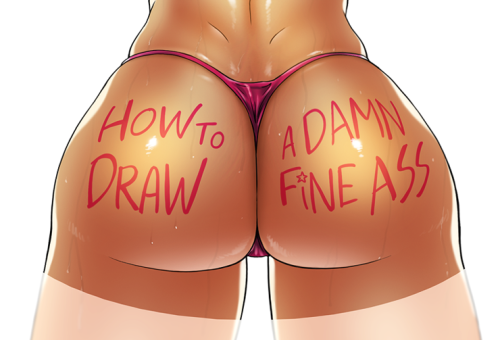

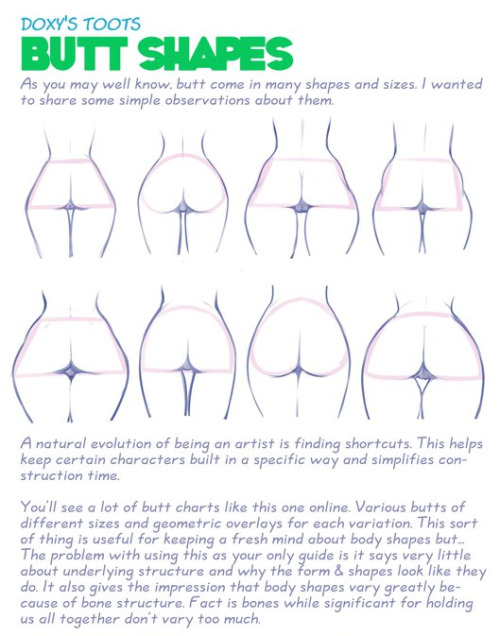

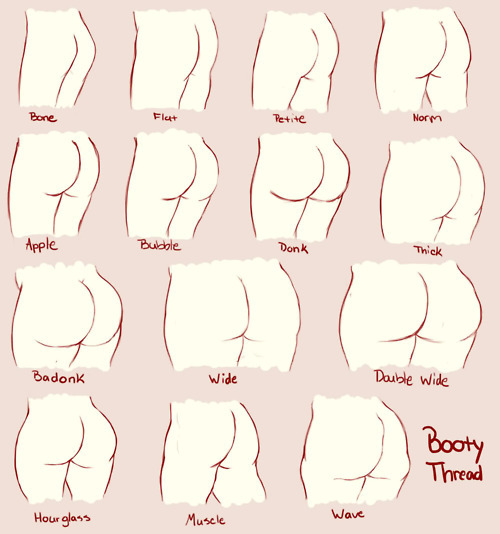


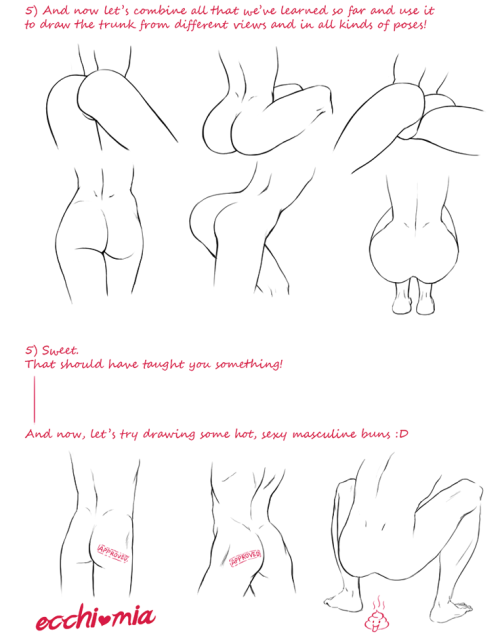
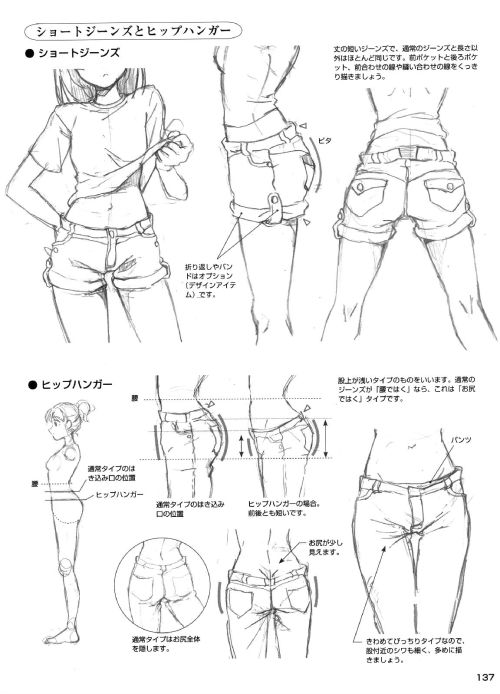
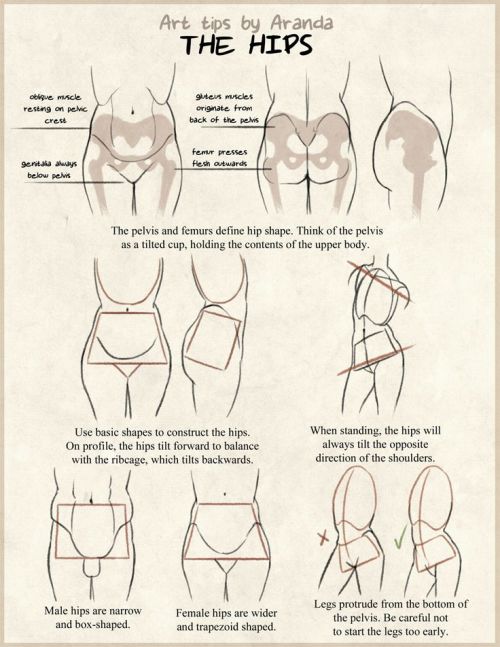
How to Draw a Damn Fine Ass Top Image, Row 5 & 6 Row 2: Drawing People by Barbara Bradley Row 3 Row 4 Row 5 Bottom Image










Groenendael
The Groenendael is a variety of dog that is included in the Belgian Shepherd breed, but sometimes treated as a distinct breed. The Groenendael is recognized, either as a breed or a variety of the Belgian Shepherd, by all major kennel clubs. In the American Kennel Club, it is called the Belgian Sheepdog, a term otherwise synonymous with Belgian Shepherd Dog more broadly. Like all Belgian Shepherds, the Groenendael is a medium-sized, hard-working, square-proportioned dog. The Groenendael is recognized by its distinctive black coat.
Keep reading
-
 dhavaer reblogged this · 1 month ago
dhavaer reblogged this · 1 month ago -
 katherinecrighton reblogged this · 2 months ago
katherinecrighton reblogged this · 2 months ago -
 roselyn-writing liked this · 2 months ago
roselyn-writing liked this · 2 months ago -
 snarky-wallflower reblogged this · 3 months ago
snarky-wallflower reblogged this · 3 months ago -
 simpathizer reblogged this · 3 months ago
simpathizer reblogged this · 3 months ago -
 heckcareoxytwit liked this · 3 months ago
heckcareoxytwit liked this · 3 months ago -
 anthropomorphiclegume liked this · 4 months ago
anthropomorphiclegume liked this · 4 months ago -
 chronicallyparentified liked this · 4 months ago
chronicallyparentified liked this · 4 months ago -
 mothecho reblogged this · 4 months ago
mothecho reblogged this · 4 months ago -
 diamondrose015 liked this · 4 months ago
diamondrose015 liked this · 4 months ago -
 bonemoisturizer liked this · 4 months ago
bonemoisturizer liked this · 4 months ago -
 killjoy-prince reblogged this · 5 months ago
killjoy-prince reblogged this · 5 months ago -
 angry-glasses liked this · 5 months ago
angry-glasses liked this · 5 months ago -
 heckcareoxytwit reblogged this · 5 months ago
heckcareoxytwit reblogged this · 5 months ago -
 heckcareoxytwit reblogged this · 5 months ago
heckcareoxytwit reblogged this · 5 months ago -
 heckcareoxytwit reblogged this · 5 months ago
heckcareoxytwit reblogged this · 5 months ago -
 blaze-edge liked this · 6 months ago
blaze-edge liked this · 6 months ago -
 booksandstuffsworld liked this · 6 months ago
booksandstuffsworld liked this · 6 months ago -
 colorfulcollectordragon-2f8ee55c reblogged this · 6 months ago
colorfulcollectordragon-2f8ee55c reblogged this · 6 months ago -
 colorfulcollectordragon-2f8ee55c liked this · 6 months ago
colorfulcollectordragon-2f8ee55c liked this · 6 months ago -
 snake-noodle-soups liked this · 6 months ago
snake-noodle-soups liked this · 6 months ago -
 neotelenta liked this · 6 months ago
neotelenta liked this · 6 months ago -
 gennethapang reblogged this · 6 months ago
gennethapang reblogged this · 6 months ago -
 starlightbright liked this · 6 months ago
starlightbright liked this · 6 months ago -
 2skyflorix2 reblogged this · 6 months ago
2skyflorix2 reblogged this · 6 months ago -
 2skyflorix2 liked this · 6 months ago
2skyflorix2 liked this · 6 months ago -
 moonibinbon liked this · 6 months ago
moonibinbon liked this · 6 months ago -
 inksandpensblog reblogged this · 6 months ago
inksandpensblog reblogged this · 6 months ago -
 besodemieterd liked this · 6 months ago
besodemieterd liked this · 6 months ago -
 wintry-woodland-wavering reblogged this · 6 months ago
wintry-woodland-wavering reblogged this · 6 months ago -
 humanity-nugget liked this · 6 months ago
humanity-nugget liked this · 6 months ago -
 ebay-taxidermy liked this · 6 months ago
ebay-taxidermy liked this · 6 months ago -
 crankyship liked this · 6 months ago
crankyship liked this · 6 months ago -
 fablenaught reblogged this · 6 months ago
fablenaught reblogged this · 6 months ago -
 sheepheadfred reblogged this · 6 months ago
sheepheadfred reblogged this · 6 months ago -
 iki-teru liked this · 7 months ago
iki-teru liked this · 7 months ago -
 art-emissss liked this · 7 months ago
art-emissss liked this · 7 months ago -
 strawberryicecreamin reblogged this · 7 months ago
strawberryicecreamin reblogged this · 7 months ago -
 rayne-showers reblogged this · 8 months ago
rayne-showers reblogged this · 8 months ago -
 nonesensedreferences reblogged this · 8 months ago
nonesensedreferences reblogged this · 8 months ago -
 rubystar2029 liked this · 8 months ago
rubystar2029 liked this · 8 months ago -
 exchangeyourexperience liked this · 8 months ago
exchangeyourexperience liked this · 8 months ago -
 alister312 liked this · 8 months ago
alister312 liked this · 8 months ago -
 sufficientomniscience liked this · 8 months ago
sufficientomniscience liked this · 8 months ago -
 colorfuleggvoidnickel liked this · 8 months ago
colorfuleggvoidnickel liked this · 8 months ago -
 floople-doople liked this · 8 months ago
floople-doople liked this · 8 months ago
Right now this is just anything that comes to mind since I'm a complete noob at tumblr. I've been hearing about it for years but I never really felt like I had anything to say. Well all that has changed now and I figured I'd see what all the hype about tumlr is really about. Anyway don't take anything I say too seriously for now...I'll probably change it later when I become more comfortable with this website.
168 posts